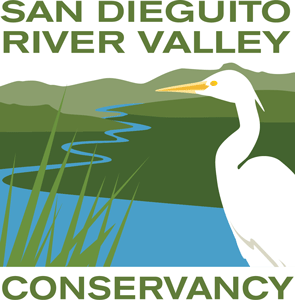
COURSE
San Diego Wildlife, Climate Change, and You! Curriculum

Summary
By assessing regional climate impact data taken from the San Diego Ecosystems Assessment, students will become scientists and explore climate change impacts to four different species of concern along the watershed.
Vocabulary
Adaptation, Biodiversity, Carbon Dioxide, Climate Change, Climatologist, Ecologist, Greenhouse Gases, Habitat, Type Conversion, Phenological Mismatch, Watershed
Objectives
Students will:
- Explore local scientific data around temperature, precipitation, wildfire, and the marine layer.
- Discuss what climate change means for people and wildlife.
- Work in groups to interpret data provided by the San Diego Ecosystems Assessment.
- Identify solutions to help wildlife and human communities adapt to changes.
Next Generation Science Standards
Grades 6-8
MS-LS2-4: Construct an argument supported by empirical evidence that changes to physical or biological components of an ecosystem affect populations.
MS-ESS3-3: Apply scientific principles to design a method for monitoring and minimizing a human impact on the environment.
MS-ESS3-4: Construct an argument supported by evidence for how increases in human population and per-capita consumption of natural resources impact Earth’s systems.
MS-ESS3-5: Ask questions to clarify evidence of the factors that have caused the rise in global temperatures over the past century.
MS-ETS1-1: Define the criteria and constraints of a design problem with sufficient precision to ensure a successful solution, taking into account relevant scientific principles and potential impacts on people and the natural environment that may limit possible solutions.
Grades 9-12
HS-ESS3-1: Construct an explanation based on evidence for how the availability of natural resources, occurrence of natural hazards, and changes in climate have influenced human activity.
HS-ESS3-5: Analyze geoscience data and the results from global climate models to make an evidence-based forecast of the current rate of global or regional climate change and associated future impacts to Earth’s systems.
HS-ESS3-6: Use a computational representation to illustrate the relationships among Earth systems and how those relationships are being modified due to human activity.
Free Course
Grade Level: Middle School, High School
Subject Areas: Science, Fine Arts, Language Arts
Setting: Field Trip Site-San Dieguito Watershed
BROUGHT TO YOU BY










